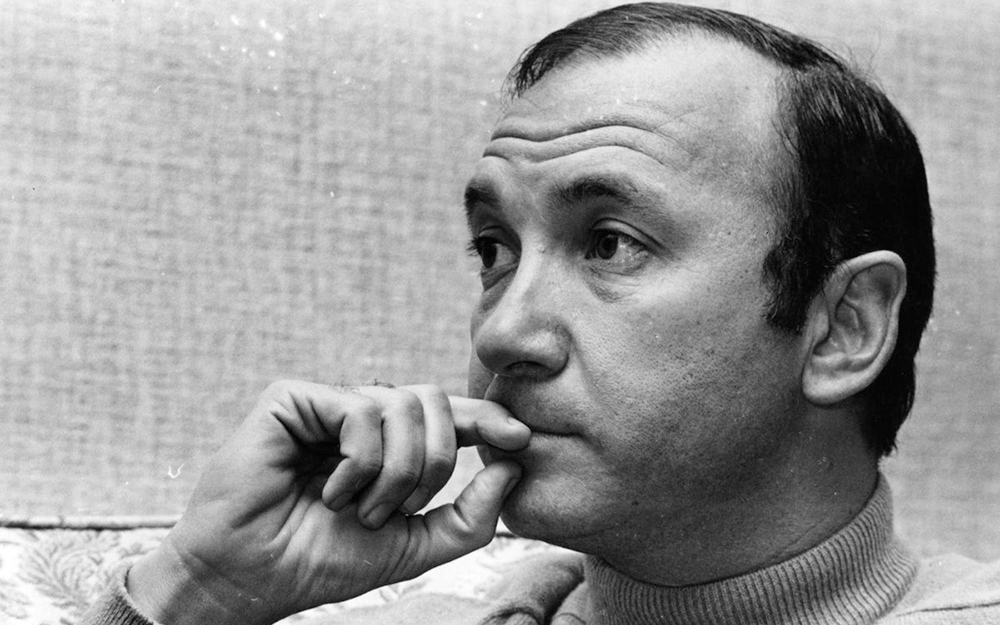
By Heidi Simmons
Since human beings first roamed this planet, they have told stories. Story is a way to preserve history, understand human nature, share information and influence thinking. Storytelling is how we reflect on our culture, learn about ourselves, gain insight and wisdom about the people and the world around us. It is also a great way to escape our reality and be entertained. Neil Simon was one of America’s beloved storytellers.
The impish and humble raconteur was born and died in New York City. As a shy and sensitive child growing up Jewish during the depression within a rapidly changing America, Simon found relief by going to the movies and watching the great comics Laurel and Hardy, Buster Keaton and Charlie Chaplin.
Simon confessed that he was constantly being dragged out of movies for laughing too loud. “I think part of what made me a comedy writer is the blocking out of some of the really ugly, painful things in my childhood and covering it up with a humorous attitude — do something to laugh until I was able to forget what was hurting.”
Over his career, Simon wrote 30 plays and adapted most of them for the big screen as well. He also wrote four original screenplays. He received more combined Oscar and Tony nominations than any other writer!
Simon served with the Army Air Force Reserve after graduating high school. His first writing gig was as a sports editor. Simon got his start as a comedy writer for radio, teaming up with his older brother Danny. Soon after, he moved into writing comedy for television shows.
Come Blow Your Horn, about a young man who leaves home to live a swinging bachelor’s life with his older brother, was Simon’s first Broadway play. The year was 1961 and it ran for 678 performances. Like much of his work, the characters reflected his own reality. As a playwright, Simon found a world where he could creatively express himself and safely explore and observe the personal issues that shaped him.
Simon followed with the highly successful plays Barefoot in the Park and The Odd Couple, and then wrote the feature adaptions for Hollywood. Throughout the 60s, Simon was the top Broadway playwright. At one point, he had four shows running simultaneously in Broadway theaters.
In the 80s, Simon continued to draw on his life experiences with the autobiographical plays Brighton Beach Memoirs, Biloxi Blues and Broadway Bound. Capping the personal trifecta, his play Lost in Yonkers won Simon a Pulitzer Prize.
Simon penned two memoirs: Rewrites (Simon & Schuster, 400 pages)
and The Play Goes On (Simon & Schuster, 370 pages) both books work together to deliver an honest, self-reflective, intelligent, unpretentious perspective about how he experienced life along with his incredible writing career. Simon’s creative life was totally tied to his personal life. He tapped into the little dilemmas between humans that can so easily explode into major psychological dramas.
The memoirs construct a total picture of Simon and his true loves — women and writing. Simon believed a memoir served two functions: “To pass on as much as you’re willing to tell,” and “To discover a truth about yourself you never had the time or courage to face before.”
These two books not only give the reader insight into Simon’s plays, but his difficult and traumatic personal life, and his struggles with being a productive, creative person, from the disciplined professional writing required, to the bouts of writer’s block.
There are four published volumes of Simon’s collected plays.
Simon’s work explored universal themes about our human condition. He told his stories with a sense of humor and self-deprecation so that we could safely recognize ourselves and then laugh through our tears.
RIP











































